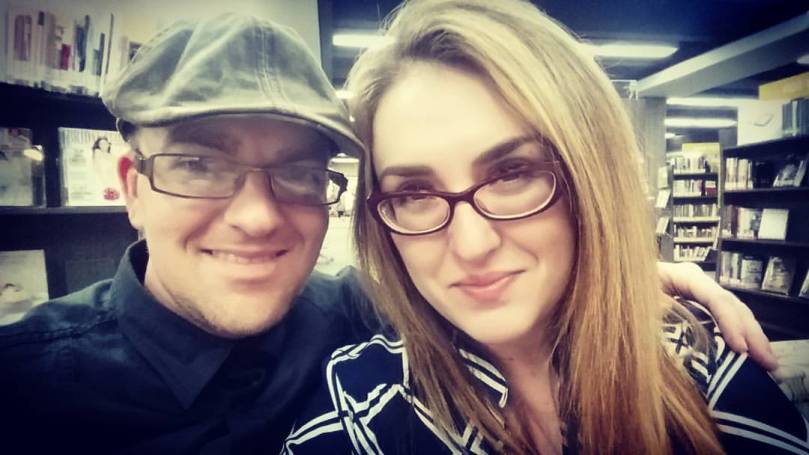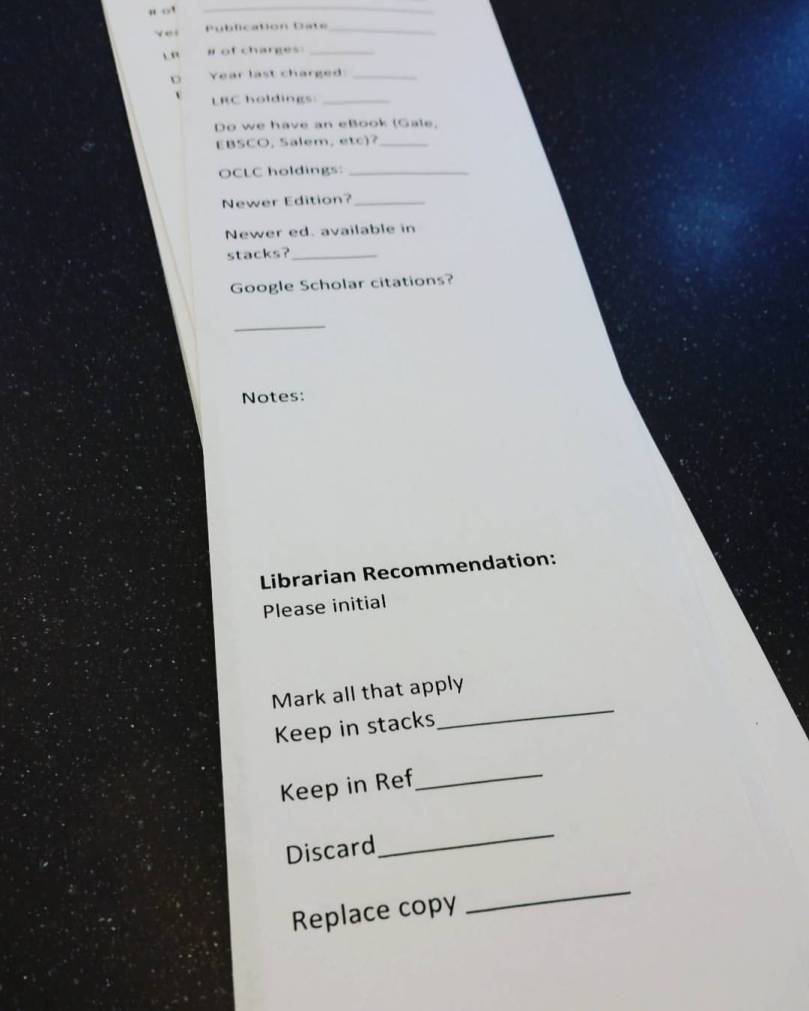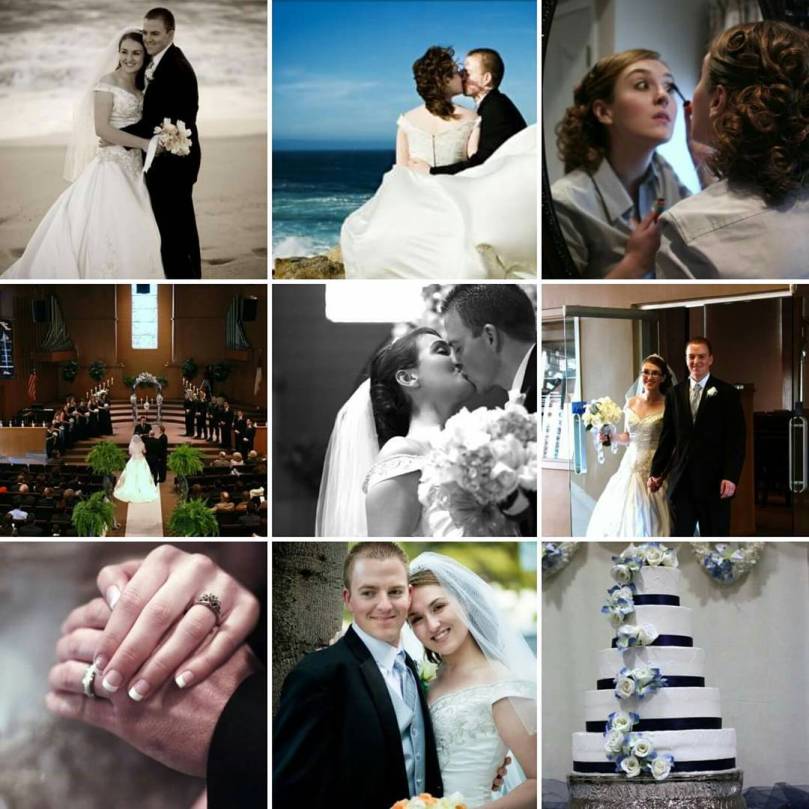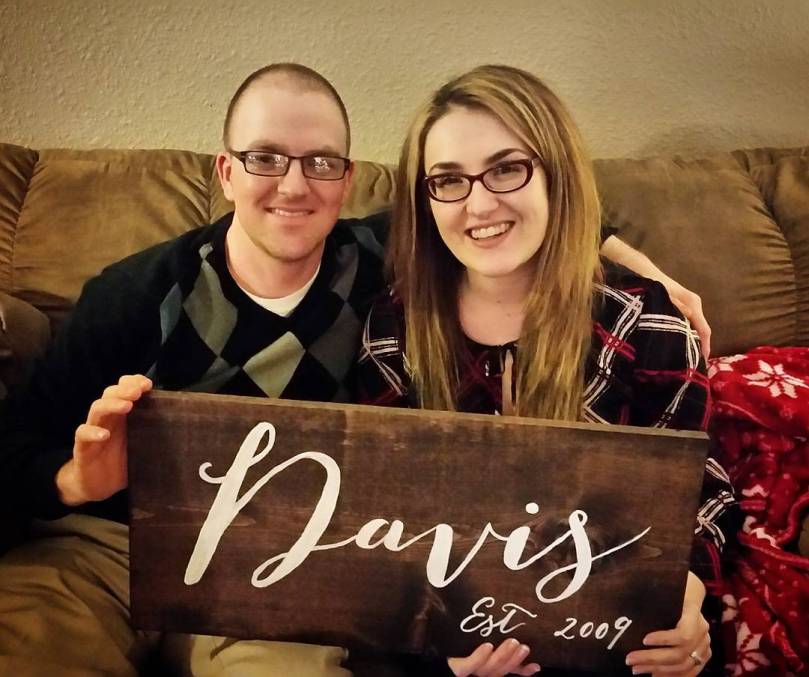I have been under the weather since before the New Year (a cold, then a sinus infection, and now bronchitis), so I have been a little neglectful lately, but I think tonight’s post will make up for it. I’m excited, anyway.
The campus I work for is right outside the small city’s limits, serving the western side of Merced County, a county known for low levels of education, which is typical of the Central Valley in general. The campus had a headcount of 1,800 students this past fall at census. One quarter of our students are part-time students. Many are parents. We don’t have food service, and we have a very small library, small tutoring center, and small student lounge. We have 19 full-time faculty: 5 English instructors, 4 math instructors, 3 science instructors, 3 counselors, 1 psychology/sociology instructor, 1 history/political science instructor, 1 communications instructor, and 1 librarian (me).
The beauty of working at the smaller campus of a community college is that small teams can often get quicker results and be a little more innovative due to a lack of resources. Because we are so small, we work together quite often and are always thinking of ways to meet our students needs, needs that are not always academic in nature but that certainly affect their ability to stay in school. This past fall, some of the women faculty members got together at an area restaurant before a faculty meeting as a way to begin to get to know our new biology instructor. At the lunch, the chemistry instructor brought up the idea of creating a small food pantry for students in need but wanted ideas for how to make it private and where it should be located. I saw my opportunity.
Our small library has a back workroom. We keep some old periodicals and supplies in there, and it is also our break area with a fridge and table. We also keep off-season textbook reserves in there. When our part-time library media technician retired this past May, I was finally able to throw things out and work with our new full-time technician, formerly our part-time clerk, to get organized and clear the mess. It’s still wasn’t perfect at the time I made this suggestion, but I immediately mentioned to our chemistry professor that we were making room. They could use a small part of our workroom shelving to house a food pantry. Of the two buildings on campus, we are the area that is opened the longest (the front office closes at 4:30 pm on Monday-Friday, and we stay open until 8 pm Monday-Thursday and until 3 on Friday, though our technician doesn’t really leave until 4 pm on Friday), and no unauthorized people can get to the workroom. The idea is that students in need, with their student I.D., can go to any staff or faculty member or administrator, and be walked to the library workroom to get food.
We got permission from our campus dean, and while we haven’t worked out all the logistics quite yet, we decided not to advertise that it is in the library because we want it to be a little more discreet. I didn’t make the graphic for the posters we’re putting up around campus, but they are absolutely fine and will get the job done. I’ll be displaying the information inside and outside the library, and the counselors are also on board.
Interestingly, over the winter break, both The Atlantic and Inside Higher Ed shared posts about student hunger on community college campuses. It rings so true with our student population.
I am proud to introduce the beginning of our campus’ food pantry. Our chemistry instructor stocked us up with some non-perishables during the first week of the spring semester. 
Small campuses with small libraries with caring faculty can make a world of difference. I am a regular financial giver to area food pantries, and I can’t believe this idea never occurred to me before. I am so thankful for our faculty and the enormous amount of nontraditional collaboration I have been able to do here.
Does your community college, college, or university have a food pantry? How are your faculty involved? How is your library or library faculty and/or library staff involved? Let me know!
UC Merced, which is the closest university to the larger community college campus, has one, and I believe I read somewhere that our community college students who live in Merced can also access it. I would love to do a little research on this topic in our area.























